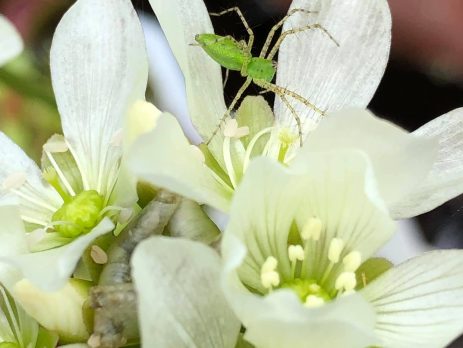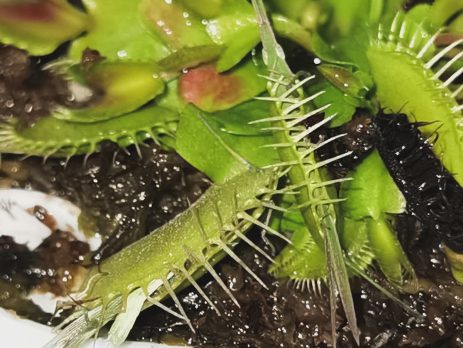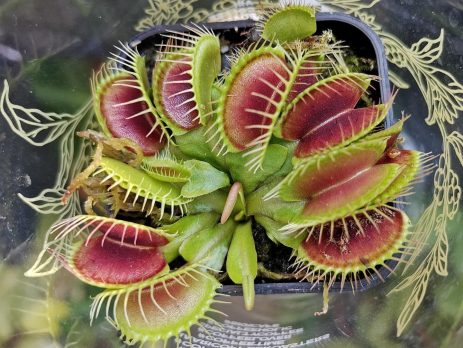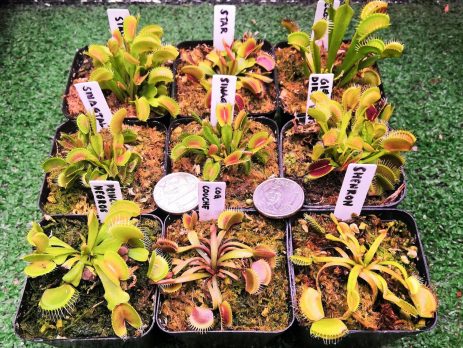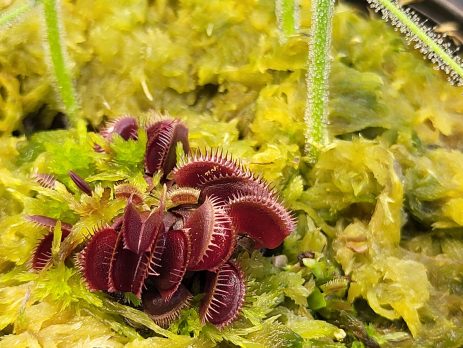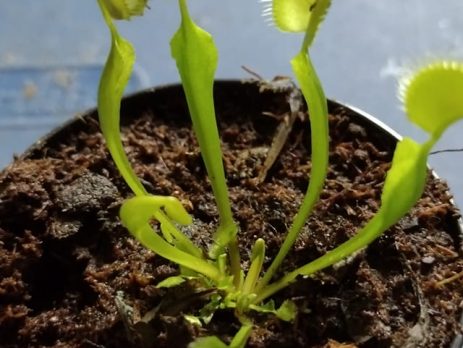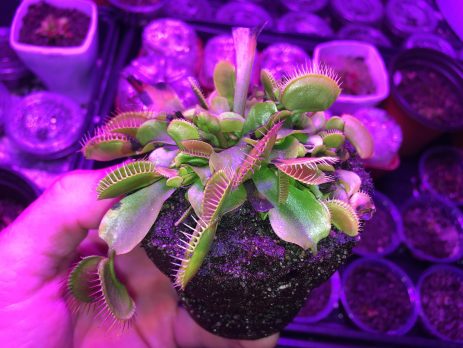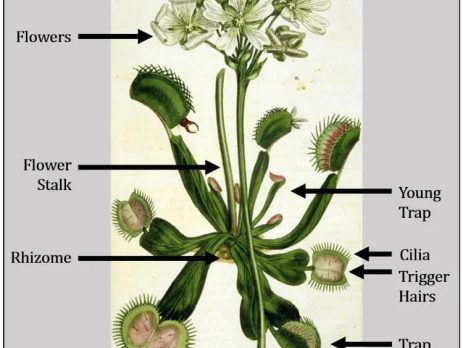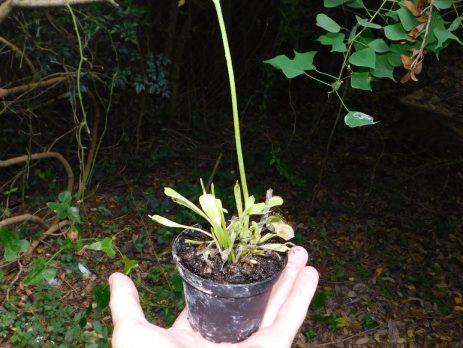How long does it take for a Venus Flytrap flower to germinate seeds? How does pollination occur?
Venus flytraps (Dionaea muscipula) typically take about 2-4 months to produce viable seeds after their flowers have been pollinated. Once the flowers have been pollinated, they will begin to wither and eventually fall off, leaving behind a small, green pod at the end of the flower stalk. It is important to note that not all Venus flytrap flowers produce viable seeds, and even if they do, the seeds can be difficult to germinate. In addition, Venus flytraps grown from seed can...

